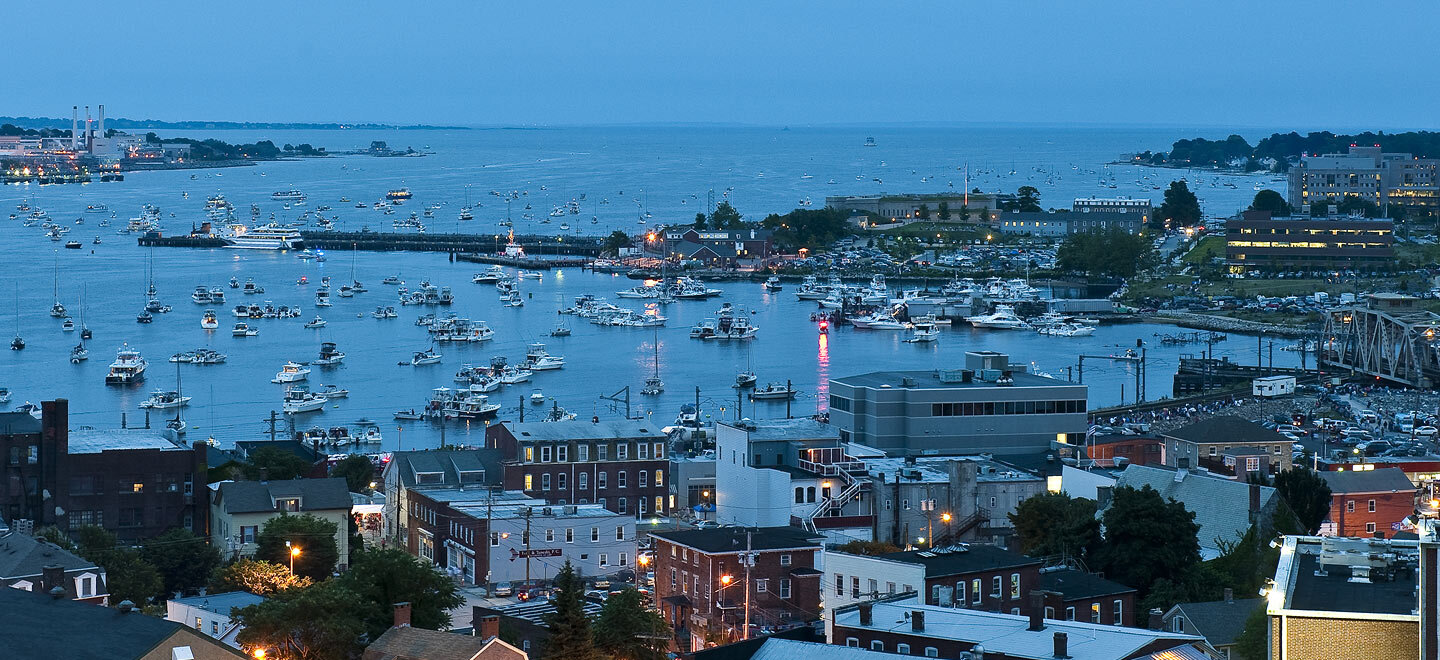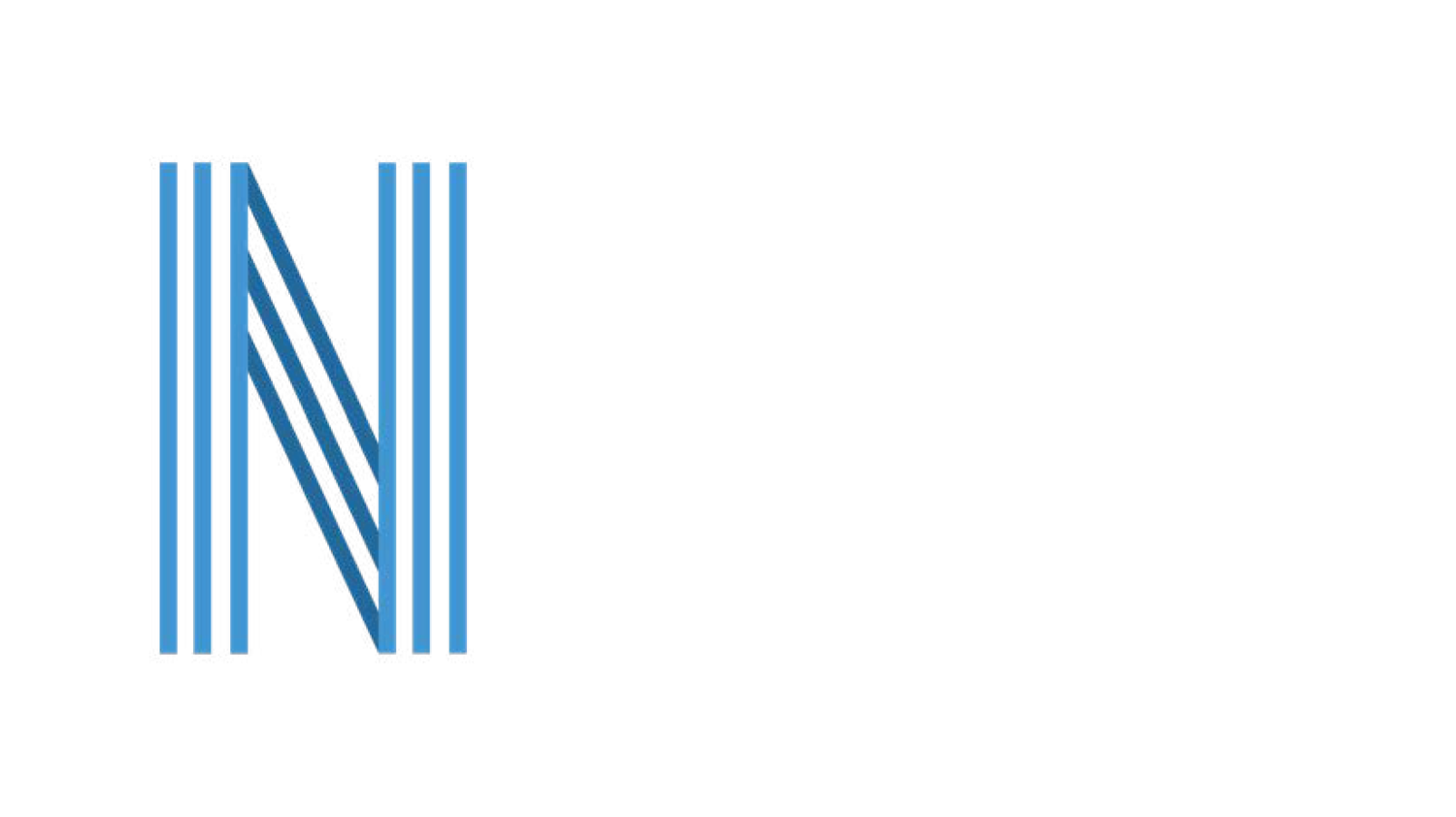
Economic Transformation
The North Atlantic Rail network will bring us into the Era of the Megaregion, with jobs, prosperity, and housing distributed more equitably and sustainably throughout the larger and smaller cities and suburbs of our seven-state megaregion
The Challenge
Our smaller cities in New England and Downstate New York continue to lose population and jobs. But they can have a vibrant future when connected – through the North Atlantic Rail network – to the economic, educational, and cultural opportunities of New York, Boston, and other larger cities – including the world’s largest concentration of research universities and teaching hospitals and cutting-edge life sciences, technology, and manufacturing companies.
The following cities were once the drivers of the national economy, but since 1980, they have been losing a significant share of the megaregion population, employment, and tax base.
New Haven and Hartford, CT
Springfield, Lawrence, and New Bedford, MA
Woonsocket and Pawtucket, RI
Rutland and Brattleboro, VT
Manchester and Nashua, NH
Bangor and Lewiston-Auburn, ME
Hempstead and Oyster Bay, NY
Isn’t it time to include our smaller cities?
New York City and Boston have become over concentrated, too big, too costly, and too congested to be sustainable on their own...fragile, single points of sensitivity to the certain disruptions of climate change, as well as other shocks like the COVID-19 pandemic.

The Solution
North Atlantic Rail would leverage 21st century passenger rail to breathe life into the region by making cities and towns of all sizes more connected and vibrant.
Rebirth of the region can be achieved with construction of new passenger rail links designed to better connect small towns and cities with each other and with the region’s economic engines: Metropolitan Boston and New York. At the same time, as work moves online and companies look for different types of space, opportunities are opening up in lower density, mid-sized, and suburban areas. North Atlantic Rail would make these areas into locations that are well suited for workers who need only to occasionally travel to the biggest cities.
What North Atlantic Rail Means For The Economy
Jobs
NAR brings immediate investment in planning and engineering, as well as near-term capital construction projects on the scale of Boston’s Big Dig. Long-term, NAR is a capital project on the order of the largest capital construction projects in U.S. history, with funding, organizational efforts, and impacts in line with the Hoover Dam, the Washington Metro system, and the Tennessee Valley Authority. NAR brings the opportunity for a sizable portion of billions in funds to go towards minority businesses and job training programs.
Small Businesses
NAR will help small businesses grow their customer base by making it fast and easy to have customers travel to them. Imagine you own a small computer programming business outside Hartford, CT. North Atlantic Rail will expand that business’ customer and labor base from its metro (i.e., an hour from Hartford by car/train) to the entire megaregion (i.e., Boston, Providence, and Long Island).
Big Businesses
NAR will allow companies to recruit and retain workers living in a larger area. Recruiting for top talent will improve when your employee base expands from current highways to every town that’s within 40 minutes along a high-performance rail line. Large businesses will be able to locate in mid-size cities and attract talent from large metro areas. Locations that were previously out of reach for Boston-based jobs are more appealing with fast, frequent train service and the telecommuting advances that result in fewer days in the office.
Affordable Housing
NAR brings mid-sized cities into the larger network, expanding housing markets and commuter sheds to give access to low-income households currently priced out of Boston and NYC. Paired with place-based economic development strategies, existing community partners, and jobs development programs, families left out of the larger tech economy will see the benefits of these new opportunities.
Cities & Small Towns
The disadvantage of size is that the region’s small towns and mid-size cities lack a critical mass of firms and talent. North Atlantic Rail fixes that. Every node is amplified by connection to the larger network, and has its agglomeration advantages, its critical mass and economies of scale. North Atlantic Rail creates the mobility system that the post-COVID-19 world demands. Many of us have discovered that we can do most of our work from our homes in smaller, less dense places, connecting to other work partners in cities for vital face-to-face interaction maybe once or twice a week rather than daily. If commuting is less frequent, we are willing to do it over longer distances and for longer times, made shorter by high-speed rail.
Station Centers
NAR provides long-term funding for station area planning. It will provide the opportunity to re-center development on community organizations, build on existing capabilities, and support local talent by building great spaces. Station design will focus on creating great places built by entrepreneurs and innovators.








